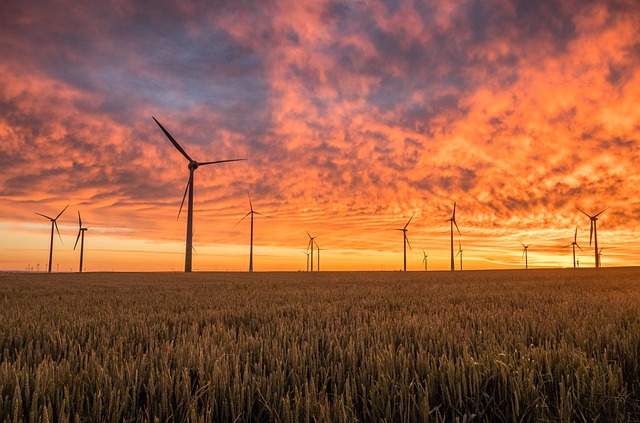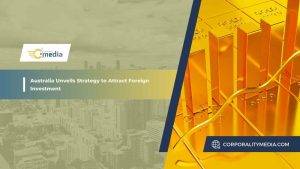Next week marks a groundbreaking event as over 100 companies specializing in green energy, technology, education, and finance from Australia and Vietnam convene in Ho Chi Minh City. Billed as the inaugural “Green Economy Summit” between the two nations, the gathering builds upon Australian Prime Minister Anthony Albanese’s recent commitment at the Australian ASEAN Special Summit to invest A$2 billion in Southeast Asia, with a focus on bolstering clean technology initiatives.
What’s on the agenda for this landmark summit, and what are the prospects for success?
Drawing on expertise in economics, banking, and finance, representatives from both countries will lead sessions on critical topics such as clean technology supply chains and green finance. This culmination of nine months of collaboration with Australia’s National Centre for Asia Capability aims to enhance regional prosperity while mitigating emissions.
Also Read: Australian Stock Market Edges Up Amid Sectoral Shifts: Tech Leads, Energy Lags
What are the mutual benefits for Australia and Vietnam?
As Prime Minister Albanese asserts, “Australia and Vietnam share an ambitious agenda across climate change and sustainability,” highlighting enormous potential through closer collaboration. Both nations have committed to achieving net-zero emissions by 2050 and aspire to develop robust clean technology industries while minimizing supply chain disruptions. Shared challenges include transitioning large agriculture and manufacturing sectors away from fossil fuels, recognizing the vulnerability of the broader Indo-Pacific region to climate change.
Currently, global supply chains for clean energy technology are heavily centralized in China, emphasizing the need for diversification. Vietnam, with its progressive trade policies and established solar PV manufacturing capabilities, stands out as a pivotal player. Australia sees Vietnam as a valuable export market, particularly for solar panels, aiming to compete with China for export revenue.
Addressing emissions on a global scale:
As Australian companies prepare to account for indirect emissions from overseas activities, including materials sourcing and investments, new legislation aims to incentivize green technology investments over polluting projects. Australia’s $2 billion investment includes plans to facilitate overseas investments through regional “landing pads,” fostering technology exports and investment in the region.
Governments pave the way:
Effective policy frameworks are essential to spur trade and investment in new technologies. The Australia-Vietnam Comprehensive Strategic Partnership, announced in March, along with existing multilateral trade agreements, provides a solid foundation. Strengthening strategic ties with Vietnam and Southeast Asia aligns with Australia’s imperative to diversify its economy away from fossil fuel dependence.
As the world accelerates towards net-zero emissions, Vietnam emerges as a key player in regional decarbonization efforts. Now is the opportune moment for Australia to deepen its partnership with Vietnam and the broader Southeast Asia region in the pursuit of a sustainable future.
Also Check: Vidine Video Clip Manage












More Stories
Australia Unveils Strategy to Attract Foreign Investment
FCC Imposes $200 Million Fine on Major US Mobile Carriers for Unauthorized Sale of Customer Location Data
Louis Dreyfus Company Emerges Victorious in Namoi Cotton Takeover Bid